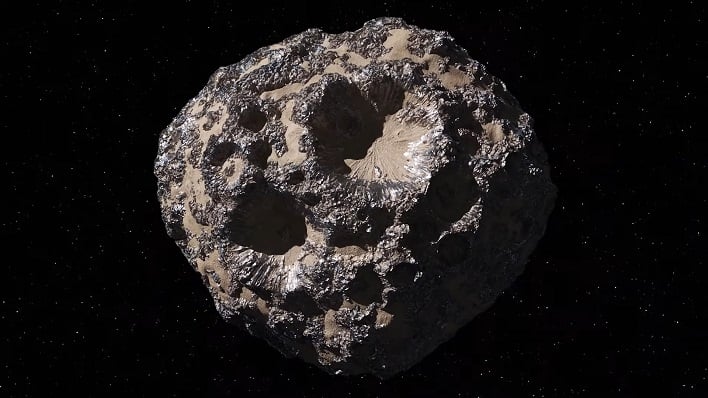NASA Is Tracking A Barrage Of Bus And Airplane Sized Asteroids Hurtling Towards Earth

The five asteroids hurtling through space will make close approaches to Earth ranging from 469,000 miles (755,000km) to 3,560,000 miles (5,720,000km). The first four are all expected to make their nearest approach to our home planet on September 8, while the last bus-sized asteroid will be at its closest on September 9, 2023. So by all means, start checking off items on your bucket list but not because of these asteroids—none of them are going to smash into our own humble space rock.
An asteroid is defined as a small, inactive body orbiting the Sun. According to NASA's Jet Propulsion Laboratory, they are most commonly composed of rocky, dusty, and metallic materials. While most maintain an orbit in the main asteroid belt between the orbits of Mars and Jupiter, a few will circulate into the inner solar system, while others stay outside the orbit of Neptune.
While tracking near Earth objects in the night sky is always a priority for NASA, it is also preparing for its upcoming Psyche mission. Psyche is slated to launch on October 5, 2023, and will make its way to asteroid Bennu to learn more about how planets form.
"These missions take so many people and so much meticulous, rigorous, personally driven work," explained Lindy Elkins-Tanton, principal investigator for Psyche at Arizona State University. "I am ready to be ecstatic. We all are, but we are not ecstatic yet. Let's launch and establish communications - then we can scream, jump, and hug each other."
Anyone who would like to track the progress of the five upcoming asteroids and future ones can do so via JPL's Eyes on Asteroids. This handy dandy website allows everyone to track thousands of asteroids and comets in real-time, with the next five close approaches to Earth being highlighted.

